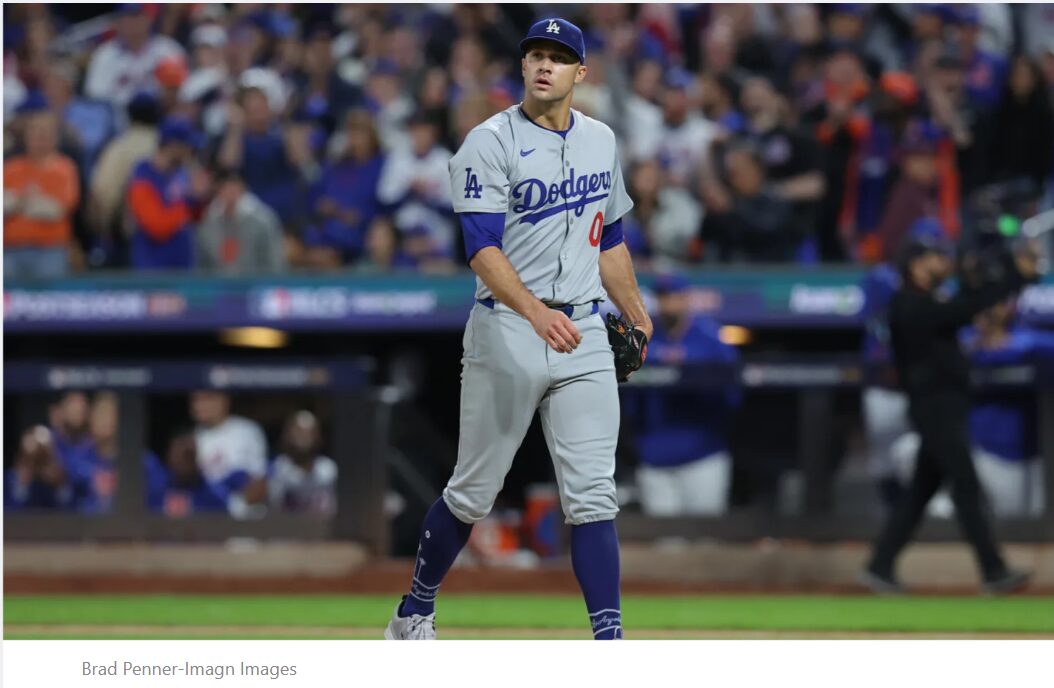
Originally posted on Inside The Diamonds | By Matt Bishop |
The 2024 Detroit Tigers were, before the season even started, early American League Central favorites. Meaning the playoffs. Rookie second baseman Colt Keith was supposed to be an AL Rookie of the Year front-runner. And starting pitcher phenom Tarik Skubal was, for many, the preseason AL Cy Young pick.
And at the end of the day, the 2024 Detroit Tigers met about half of those goals. After a near-disastrous first half of the season, a first half that gave the Tigers only a 0.2% playoff chance (per FanGraphs), and yet, somehow, they eked their way past a Minnesota Twins team that fell apart down the stretch. Tarik Skubal, meanwhile, fit the definition of an ace pitcher, making 31 starts en route to an AL Triple Crown, posting 18 pitcher wins, a 2.39 ERA, and 228 strikeouts, numbers that all but cement Skubal as the best pitcher in the league and what should be a unanimous Cy Young Award.
The Tigers made a surprise run to the playoffs, made more surprising by the fact that they traded away several key pieces at the deadline, as it seemed their season was falling apart. Most notable among those sent away was veteran starting pitcher Jack Flaherty.
The 8th-year pitcher was not quite a Skubal level in terms of dominance, but then again, nobody was. Flaherty still posted a 2.95 ERA with the Tigers, an extremely good number, especially for an “innings eater” that only cost the Tigers $14 million.
Despite Flaherty’s top-shelf stats, the Tigers at the trade deadline weren’t seemingly on the verge of the playoffs. And so the journeyman found himself on the move again, sent to the Los Angeles Dodgers
The return for Flaherty was pretty good, especially for a 28-year-old pitcher on an expiring contract. At the end of the day, the Los Angeles Dodgers won the sweepstakes for Flaherty, sending the Tigers two prospects: shortstop prospect Trey Sweeney and catcher prospect Thayron Liranzo.
Given that the Tigers also traded away catcher Carson Kelly, which resulted in the promotion of top catcher prospect Dillon Dingler, adding a new catcher to the farm system makes sense. Whether or not Liranzo sticks defensively, he is widely known for his offensive ability, and that alone will go a long way toward his possible future at promotion.
The other piece of the deal was shortstop Trey Sweeney. Also known as a bat-first prospect, Sweeney got the call to the Tigers within a few weeks after demolishing minor league pitching during his short stint in Triple-A Toledo.
Sweeney debuted for the Tigers on August 18th and became the team’s everyday shortstop. In just six weeks, he hit more homers home runs than the suddenly injured Javy Baez had all season. In fact, shortly after Sweeney’s call-up, the Tigers announced Baez was on the shelf for the rest of the year.
By Sweeney competently manning shortstop for the rest of the season, the Tigers were able to move utility player Zach McKinstry all around the diamond.
The consistency and versatility Sweeney brought to the Tigers made him a key piece to the puzzle. L
However, the Tigers clearly were lacking starting pitching depth, and trading Flaherty certainly didn’t help the situation. This issue really became prevalent in the playoffs, where the Tigers had no choice but to turn to their bullpen again and again, and eventually, they got burned.
So: did trading Flaherty bring the Tigers a net gain?
It’s up for debate. Obviously, the deal was good for the Tigers. But if they had kept Flaherty, would they have had more success? An extremely surface-level answer to that they would’ve been better off keeping him because the lack of starting pitcher depth cost them in the playoffs. But would they have made the playoffs without Sweeney? That is hard to answer.
But at the end of the day, they did make the trade, they did make the playoffs, and they almost certainly will have Sweeney next year.


